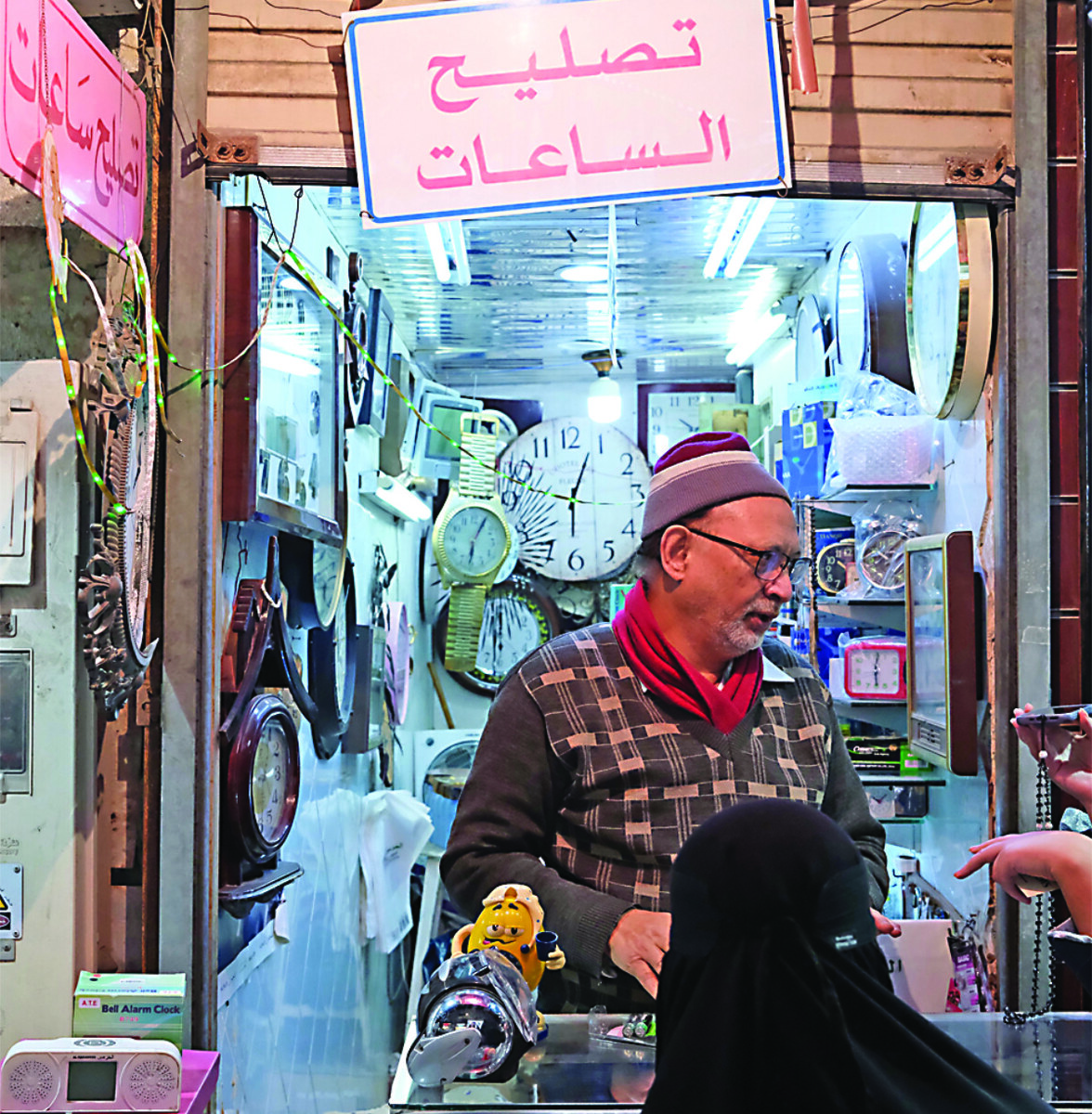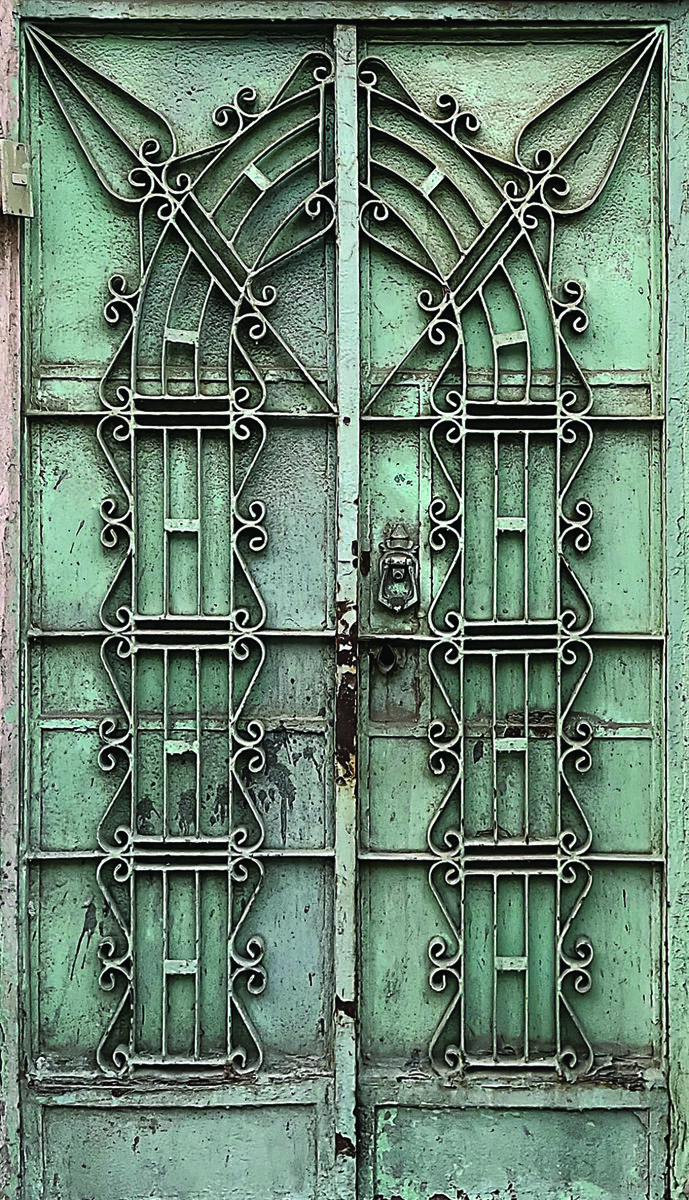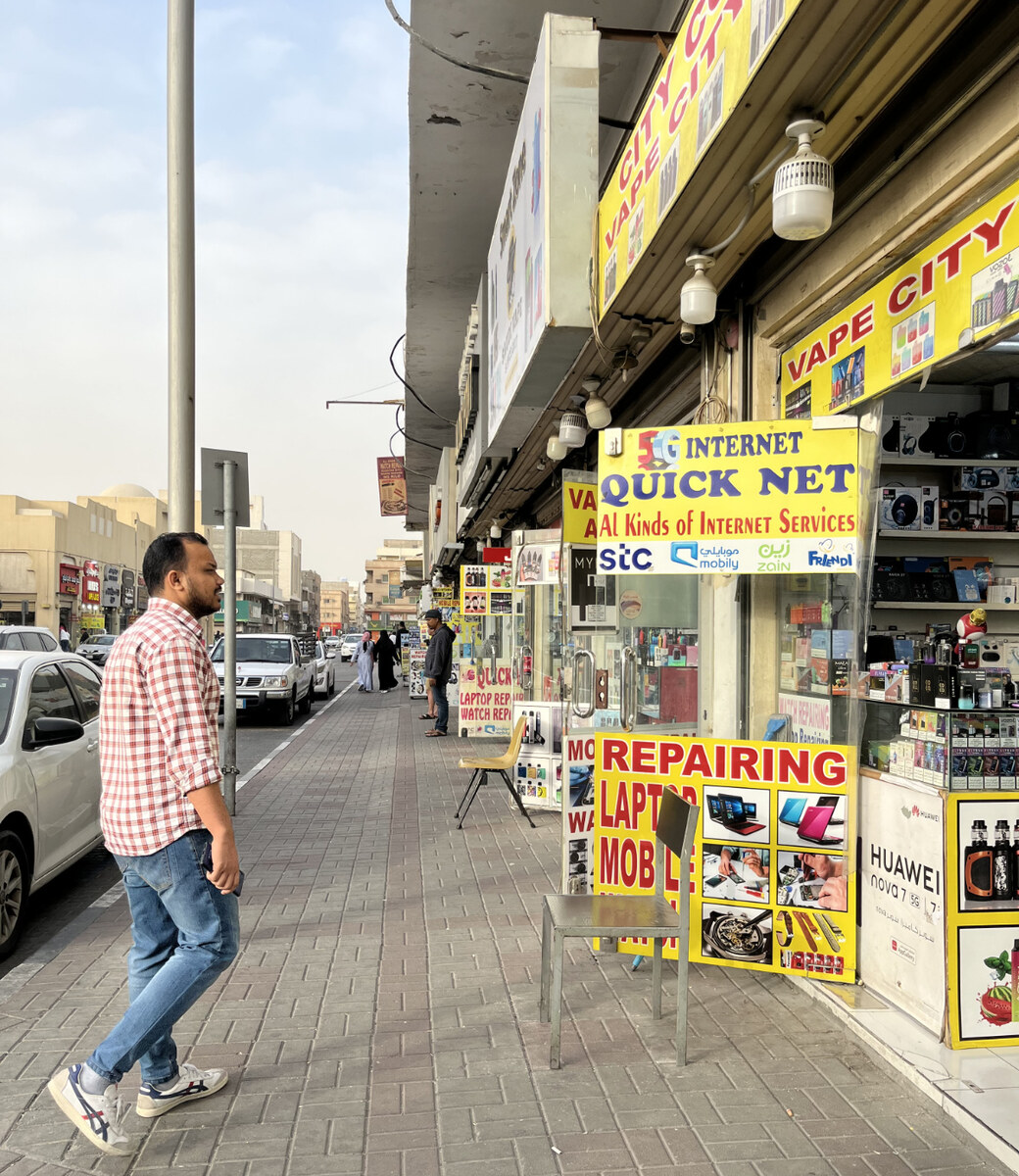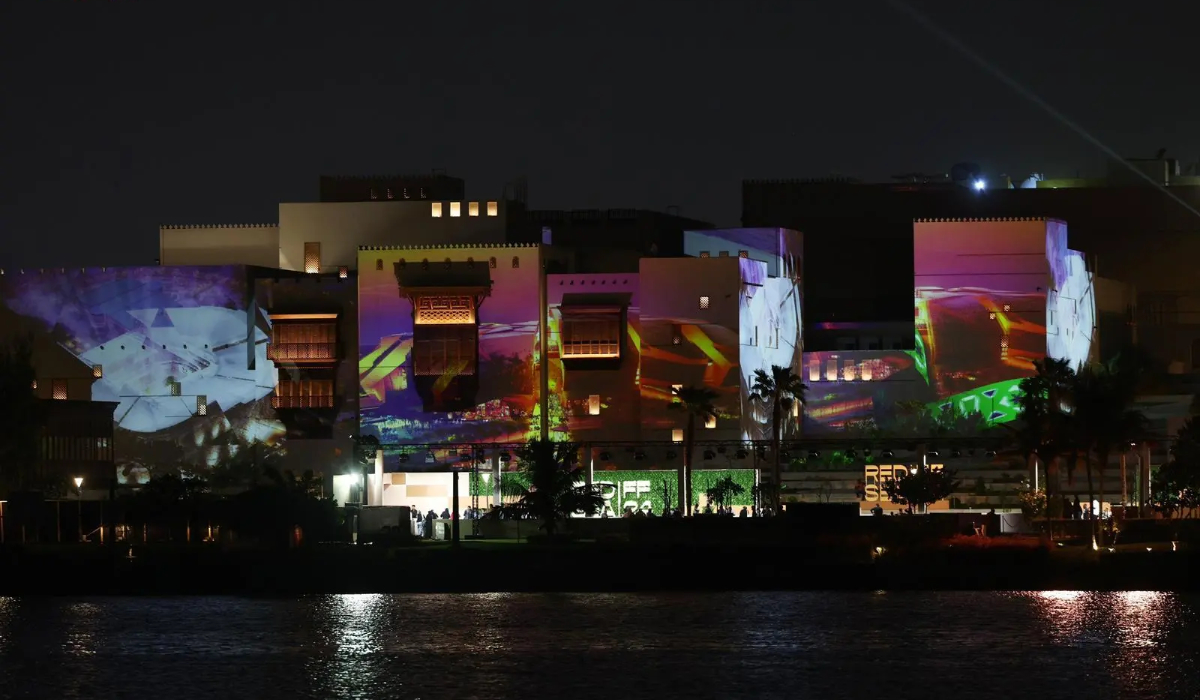RIYADH: South Korea has showcased the richness and beauty of its culture in Riyadh as Korea Week 2024 celebrations began on Tuesday.
Prince Sultan University played host to Korean Traditional Cultural Day, which was organized by the South Korean Embassy.
It included a series of cultural dances and musical performances from the Korea National University of Arts.
Junghoon Chang, a second secretary and consul from the embassy, told Arab News that while K-pop is very popular in Saudi Arabia, he hoped that the event would bring more aspects of Korean culture to people in the region.
“These K-pops are really based on our heritage. So, I thought showing our heritage could foster understanding of Korea for Saudis,” he said.
In terms of Saudi-South Korean ties, Chang said they are “stronger than ever, and getting stronger every day,” citing South Korean President Yoon Suk Yeol’s visit to Saudi Arabia in October 2023, and Crown Prince Mohammed bin Salman’s visit to Seoul the year before.
Chang added that cultural shows and exchanges like this one also build a “solid foundation for our bilateral relationships.”
The contemporary and traditional dances each bore a different theme, including self-discovery, time and its gift of temporality, interpersonal connections, our connection to nature and the delicate balance of life itself.
The first dance was titled “Who Are You?” It pondered whether we should or should not ask ourselves who we are and what our purpose is. It was followed by “If There Are Two Girls,” showcasing the different perspectives that can exist in the same time and space. “Distance” was about the love and fear born out of the distance between two individuals.
“The East Sea Rhapsody” showed a more traditional angle, with shamanistic music leading the dancers to the sight of the East Sea, representing new hope. Finally, “A Reversed Dawn” was inspired by the novel “Into the Morning” by Min Gyu Park, presenting a reflection on modern societal problems.
Once the dances were complete, a display of traditional musical group performances called Samulnori took to the stage.
Samulnori uses four basic percussion instruments; “samul” meaning “four” and “nori” meaning play.
Kim Wonmin, a professor at the Korean National University of Arts, said: “In the past, people tried to alleviate the hardships of work by using the instrument as a tool.
“These percussion instruments were also used when people were celebrating the gathering of crops, sharing and also giving thanks for the crops they have made.”
Four Samulnori dances were performed. The first, “Samdo Seol Janggu” emphasizes the janggu, a double-headed drum. It combines the melodies of three Korean provinces — Central, Yeongnam and Honam — and is performed in a “call and response” format signifying the performers’ synergy.
The “Samdo Nongak Garak,” an instrumental dance involving metal and leather tools, symbolized yin and yang, the balance between opposing forces that is vital in Korean culture and is featured on the country’s flag.
“We can understand them easily as negative and positive powers. However, in our philosophy, yin and yang are not countering aspects, in fact they are complementary and interdependent,” Wonmin said.
Citing performance as an embodiment of life, Wonmin said that Korean music symbolizes natural elements.
“The four instruments you have seen on stage, they all resemble aspects of nature,” he said.
The sharp sounds produced by the kkwaenggwari represent lighting and thunder. Janggu imitates the sound of raindrops, jing, the sound of the wind, and the buk represents the clouds.
The night finished off with Pan Gut and the Lion Dance, both of which incorporated more movement. Originating from the Hwanghae-do region, the Lion Dance is a ritual where performers wear lion masks to cleanse the space of any negativity, showing off the lion’s power.
Korea Week will continue until Nov. 4, including the Korean National Day reception at the Korean Embassy on Oct. 30 with the attendance of Ambassador Byung Hyuk Choi.
The week will also include taekwondo performances by the Kukkiwon Demonstration Team at Alasala University in Dammam on Nov. 2 and at Riyadh Misk School on Nov. 4.
Chang highlighted the biggest similarity between the Korean and Saudi cultures: Kind treatment of others, which serves as a strong basis for diplomacy.
“Diplomacy is all about people, and how you treat people,” he said.





































